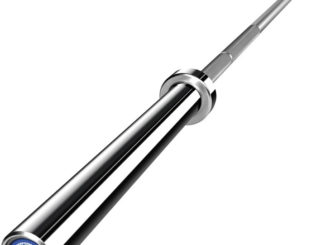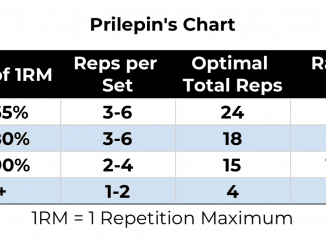
Oly Barbells from American Barbell
Let’s take a look at all the Olympic Barbells made by American Barbell. There are some people who workout and use nothing but barbells. Well, why not? A barbell is a classic piece of weightlifting equipment, and with it, you can do an abundance of full-body exercises that target your back, chest, biceps, abdominals, and quads. Barbells don’t need ample space at home and can be done on your own at your own pace. Here are some of the models that are available now: Barbells from American Barbell – Overview Whether you want to lose weight, build muscles, or get stronger, barbell training can help you reach your fitness goals. It is not only a fun and challenging exercise, but [Read more …]


